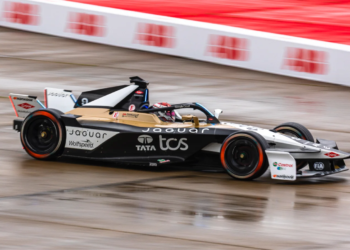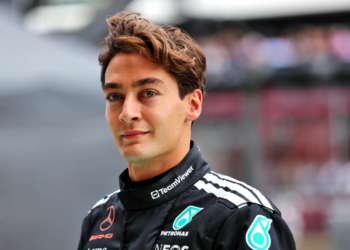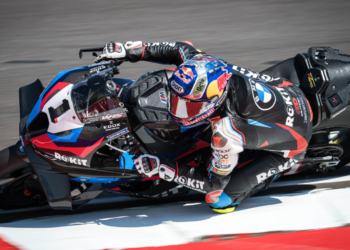In the run-up to the start of pre-season testing Motorsport Week brings you left-field reflections and stories of teams, drivers and reserves that will be part of the Formula 1 paddock in 2019.
Mercedes’ dominance during the early stages of Formula 1’s hybrid era prompted suggestions that it could go through the entire 2014 season unbeaten both in qualifying and the race.
The dramatic denouement to the Canadian Grand Prix brought Mercedes’ first defeat of the campaign but in qualifying it had typically held a sizeable advantage over the field – and in Lewis Hamilton and Nico Rosberg had two bullets in the gun in the event of one erring or being hit by a setback.
But at the very next round its one-lap supremacy also came to an end.
Williams had produced an aerodynamically efficient package though its greatest strength was its use of Mercedes power, which paid dividends at the point-and-squirt Red Bull Ring, making its return to the calendar after a decade-long absence.
Valtteri Bottas scored provisional pole for Williams with Rosberg second and Hamilton without a time after running wide through the final corner, exceeding track limits. On their second runs Rosberg failed to improve while Hamilton was left only ninth after his rear tyres locked up and he spun into the uphill Turn 3.
Bottas, though, was eclipsed by team-mate Felipe Massa, who scored his first pole position in six years, and left Williams 1-2 on the grid, to the surprise of the paddock.
Mercedes went on to register a 1-2 in the race and was not beaten again in qualifying until the following year’s Singapore Grand Prix, a run of 23 events, one shy of the record – set by Williams across 1992/93.
Bottas missed out on pole on that day but has been the Saturday maestro at the Red Bull Ring since he joined Mercedes, taking top spot in 2017 and 2018.







